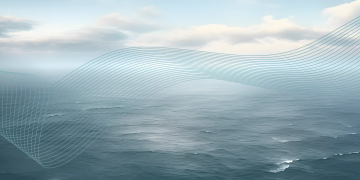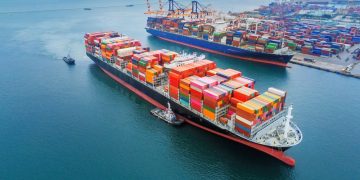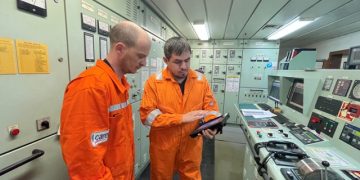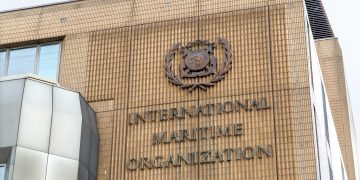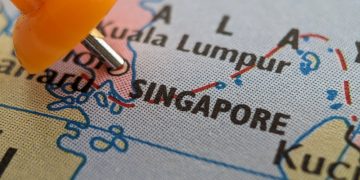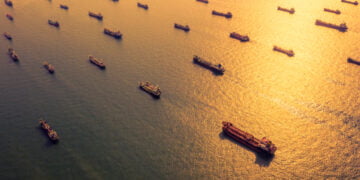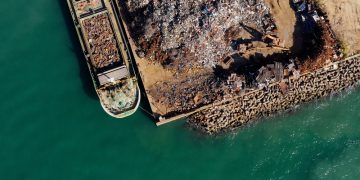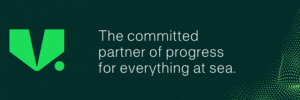Challenges of Investing in Baltic Sea LNG industry
Research and Markets issued a report providing analysis on trade, infrastructure, competition, investments and new opportinities for Baltic Sea LNG Industry. Through SWOT analysis and benchmarking tools, the report evaluates pros and cons of operating and investing in each of the region LNG market. In addition, the research work provides forecasts of liquefaction capacity, regasification capacity, FLNG capacity, contracted/ available capacity, LNG trade details are provided for each country. Further, planned LNG projects in each of the 8 markets are provided in detail. Competitive structure of the regional liquefaction and Regasification LNG markets along with the business strategies being opted by leading players in current global tight supply conditions are analyzed. In addition, complete details of all operational and planned LNG terminals in the region are provided in the report. LNG profiles, oil and gas overviews, SWOT and financial analysis of five leading LNG companies in the region LNG market are analyzed in detail. Further, all recent news and developments, along with their impact on Baltic Sea LNG players are included. Highlights Leading Baltic Sea LNG Trends and Outlook statements to 2020 Drivers and Challenges of Investing in Baltic Sea LNG industry All existing and future Investment opportunities in Baltic ...
Read more

















